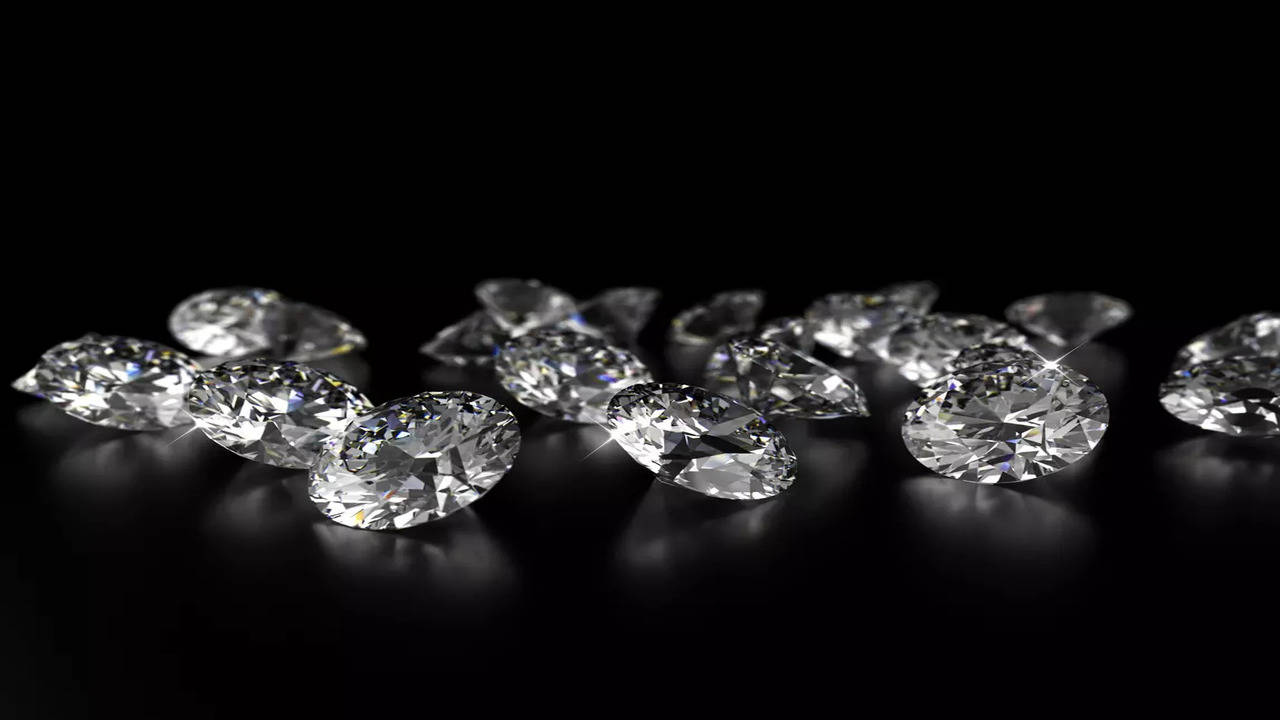When someone says “modern dance,” the image that most often comes to mind is a dancer dressed in black spandex rolling around the floor. Though dancers do use alternative costuming and often dance barefoot, the style is much more than artsy people expressing themselves in strange ways.
Perfected in the early 20th century, modern dance was developed as a direct response to the rigid structure of ballet. Led by German and American women, a group of dancers went out to show that other forms of movement could be as graceful and beautiful as traditional forms of ballet, without the constraints of such baroque styles.
Many similar forms of expressive dance came before what we know today. Free dance and a style based on the philosophies of Nietzsche paved the way for the likes of Alvin Ailey, possibly the most famous choreographer of our time.
Modern Dance is expressive in ways that ballet doesn’t aspire to be; the use of emotions, moods, facial expressions and general self expression are integral parts that have no place in classical dance styles. Much of this came from the intense need of dancers to express themselves during the Great Depression, when modern dance underwent the final changes to reach its current form. Through movement, dancers tried to personify the ethical, social, and political problems of the day. At the foreground of the early American movement was Martha Graham, who used jagged motions and purposeful falls to the ground to rebel against the light airiness required by ballerinas.







